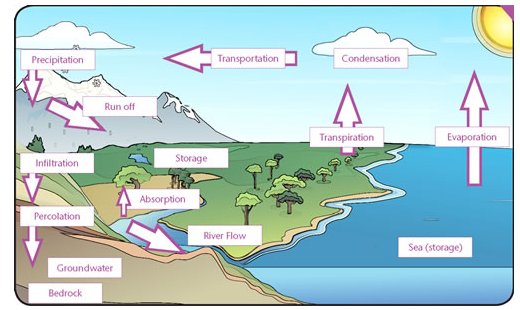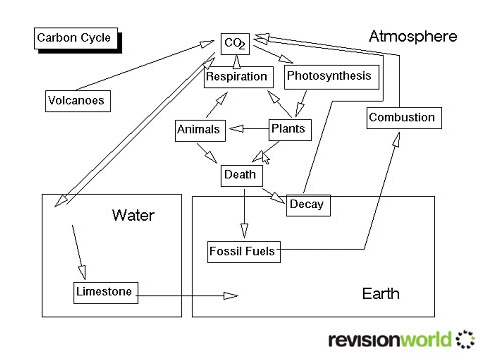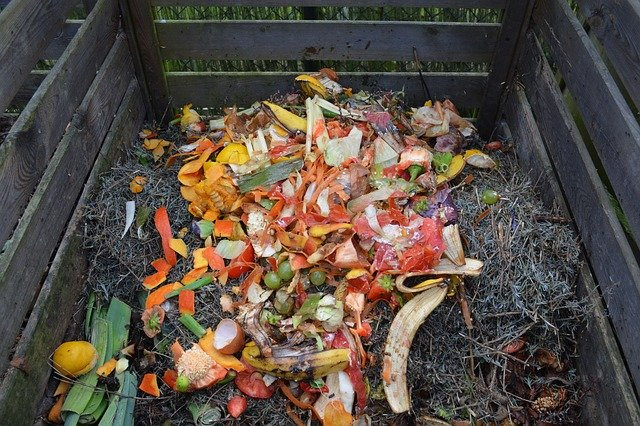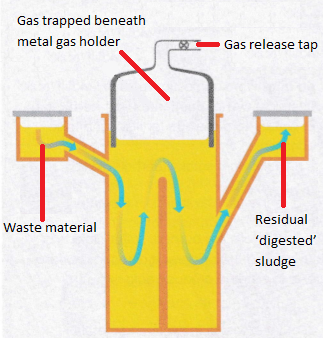Recycling within ecosystems
Materials such as water and carbon are constantly being recycled within ecosystems. They are reused to provide substances that make up future organisms.
The water cycle

Water forms a vital part of the biosphere. Most organisms are at least 50% water.
The water cycle is driven by two key processes evaporation and condensation.
The carbon cycle

The carbon cycle shows the constant recycling of carbon.
- Carbon dioxide is removed from the atmosphere by green plants for photosynthesis.
- Plants and animals respire (breath), releasing carbon dioxide into the atmosphere.
- Animals eat plants and other animals, incorporating carbon into their bodies. Carbon is then passed through the food chain.
- Microorganisms such as bacteria and fungi feed on dead plants and animals, helping them to decay. These microorganisms respire, releasing carbon dioxide back into the air. Mineral ions return to the soil through decay.
- Some organisms remains are turned into fossil fuels over millions of years, trapping the carbon as gas, oil, coal or peat.
- When fossil fuels are burned (combustion), the carbon dioxide is returned to the atmosphere.
Controlling decomposition
Essential mineral nutrients for plants such as nitrates and phosphates are removed from the land by intensive farming use. Farmers can replace these nutrients by applying inorganic fertiliser or by using organic fertiliser such as compost or manure. Compost for the soil is produced by farmers and gardeners from waste plant material.
Making compost

Microorganisms require oxygen, moisture and a warm temperature in order to carry out decomposition.
The presence of any of these factors will help to speed up the decomposition process.
Biogas digester

Anaerobic decay produces methane gas (sometimes call biogas). Biogas can be produced on an industrial scale by using a continuous flow method in a digester. Organic material is added daily and the biogas is siphoned off and stored. The remaining sludge is used as crop fertiliser,
Biogas can be burned to generate electricity and produce hot water and steam central heating or used as a fuel for buses.
